Power Moves: How to Increase Office Energy Efficiency
Control costs by combining time-honored tactics with cutting-edge technology.

As the office sector continues to shift from the pandemic, the way people work and their expectations for office space continues to change. According to a Savills report, more than half of Forbes’ top 200 companies were on a hybrid work schedule by the first quarter.

Of those 200, 24 percent have an office-first model and 17.1 percent use a flexible model, a sign that more companies are adopting return-to-office mandates. With more people going back to the office, the sector’s energy consumption is expected to grow, especially as more processes are electrified. That points to the need for practices that support energy-efficient operations and make properties more appealing to sustainability-minded tenants. It also complicates the efforts of owners and property managers.
“Fluctuating occupancy rates have made energy consumption patterns less predictable, complicating compliance with building performance standard regulations,” observed Ethan Debuque, a project manager & sustainability consultant at JLL.
Energy-efficient HVAC, optimized lighting and improved ventilation aren’t just technical improvements. They translate into day-to-day benefits that enhance comfort and reduce stress.
—Marc DeLuca, CEO & Eastern Regional President, KBS
Demand for data
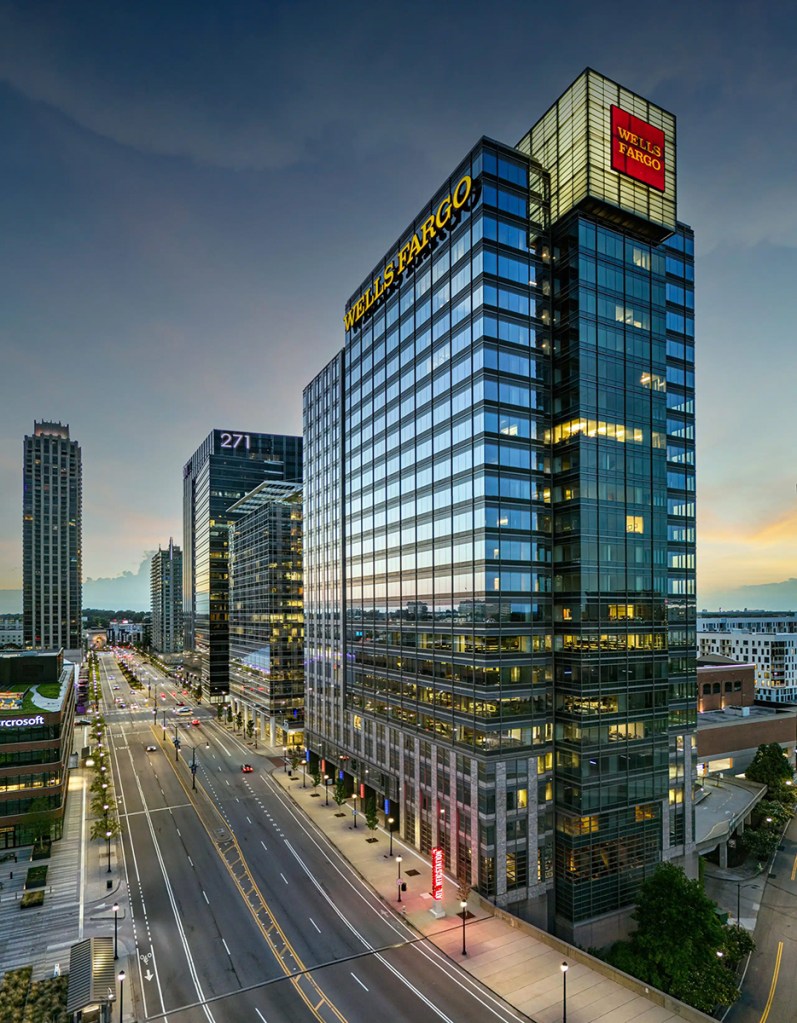
In a time of increasingly sophisticated building management technology, basic blocking and tackling is still as essential as ever. One of the most valuable things a property manager can do is to closely track the property’s energy usage.
“Utilizing and aggregating all the data available at your fingertips is super helpful,” said Gannon O’Brien, director of management services at Hiffman National. “If you’re able to run reports from your tenant access control systems, you know when your tenants are in the building, so you can make informed decisions as to how you can implement cost-saving initiatives.”
Tracking data based on tenant activity provides guidance on when to optimize HVAC and lighting operations. For example, it can facilitate such energy-saving tactics as starting systems 30 minutes later. O’Brien also suggested asking tenants to unplug some systems at the end of the business day and on weekends.
Debuque recommends a collaborative effort between the landlord and tenants to improve efficiency within an office on all fronts.
“Landlords should first optimize existing systems by reducing wasteful operational schedules, correcting unnecessary temperature setpoints, and recommissioning major equipment before investing in building-wide retrofits,” he said. “Tenants, in turn, can implement energy-saving practices within their leased spaces, supported by green leases that outline shared responsibilities and co-investment approaches.”
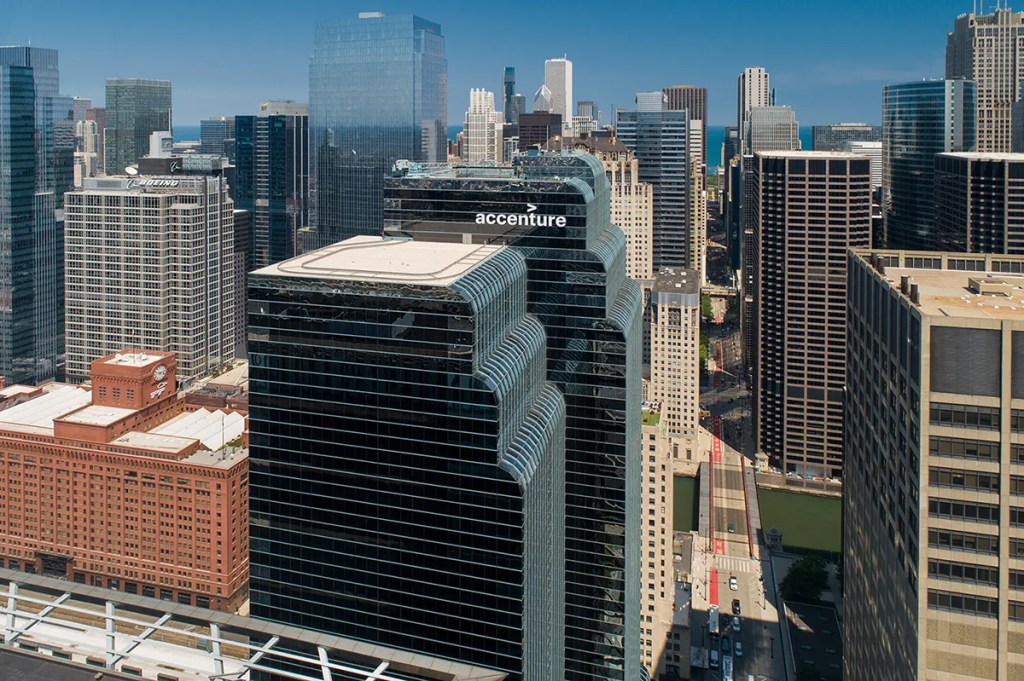
Landlords are now proactively investing in high-performance buildings to attract and retain tenants who prioritize energy efficiency and low-carbon footprints.
—Ethan Debuque, Project Manager & Sustainability Consultant, JLL
Smart technology
Amid the growth of high-tech tools to manage energy consumption, it’s important to take advantage of tried-and-true methods. At buildings that haven’t yet made the switch to LED fixtures, the investment is still one of the most cost-effective ways to improve efficiency, noted O’Brien. LEDs consume significantly less energy than conventional lighting and can be fitted to run on motion sensors to limit the amount of energy used in an empty room.
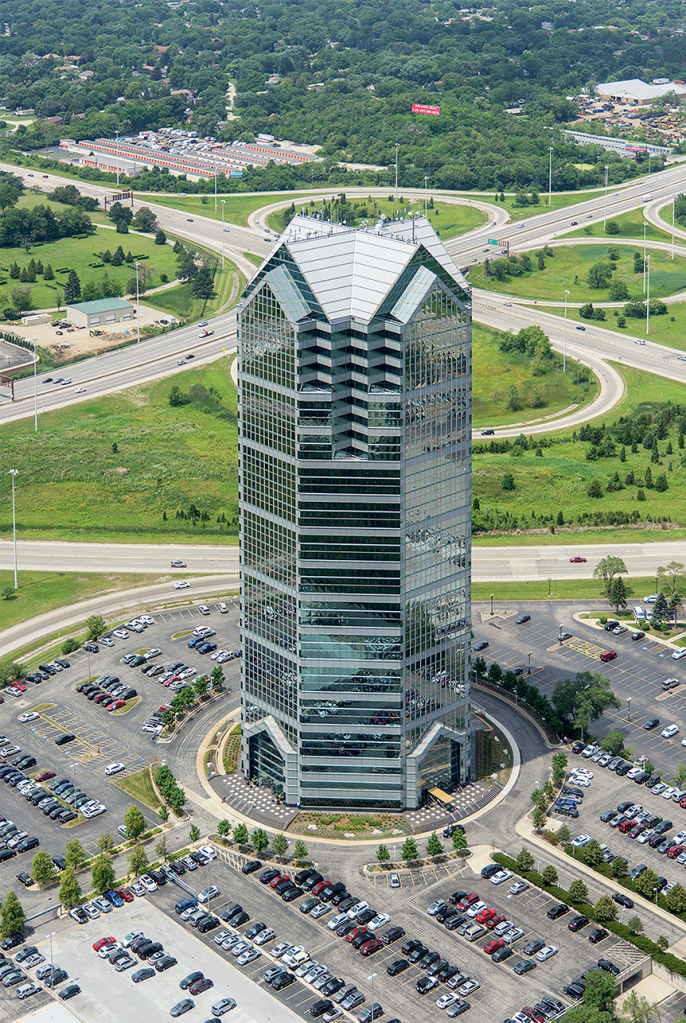
While the upfront cost runs about $3.20 to $4 per square foot, according to Future Energy Solutions, LED retrofitting is a proven way to save money in the long run. “Take into account the cost savings from that point forward in terms of changing bulbs, lamps and overall maintenance on those fixtures,” O’Brien added. “You’ll find that the payback period on that is extremely low and the cost and energy savings are substantial.”
Other automated systems, such as for HVAC, offer similar benefits. At KBS’ properties, automated HVAC systems are key to both improved tenant comfort and energy conservation. “Advanced analytics for real-time energy optimization and the electrification of landlord-operated heating equipment” are among today’s promising strategies, shared Marc Deluca, the firm’s CEO & eastern regional president.
“As building owners future-proof their assets, technology integration and electrification emerge as cornerstones of energy-efficient, sustainable real estate.” KBS benchmarks and audits building performance annually. The information provides insights into where the company can improve performance and which properties to invest in to support energy efficiency for the future.
Artificial intelligence, one of the newest additions to the property management toolkit, may have the greatest long-term potential to make properties more efficient. Although the full implications have yet to unfold, it’s already evident that AI-powered systems can better communicate with property managers and understand tenant needs, according to Debuque. The payoff will be optimized performance and the ability to set higher energy efficiency standards.
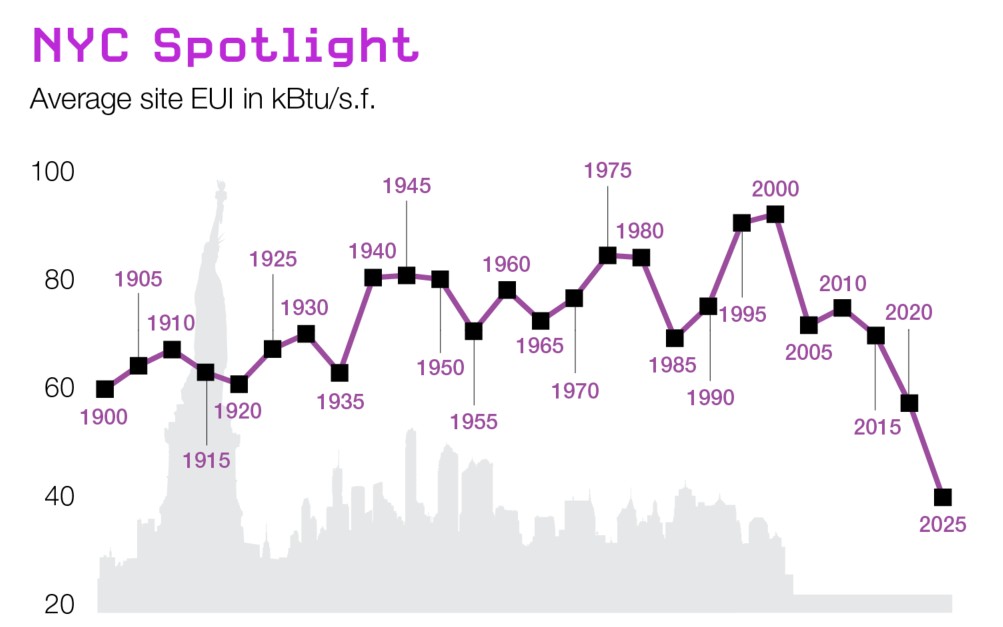
Certifiable results

Energy incentives at the federal level won’t be as available following the enactment of the One Big Beautiful Bill Act, but property managers and owners can tap into other incentive programs to improve their energy efficiency. O’Brien pointed out that third-party energy brokers offer incentive programs that help reduce the upfront cost of upgrades.
Utilities are often fruitful resources, as well. Con Edison, the utility provider serving New York City and Westchester County, N.Y., offers customers upward of $15,000 in incentives to switch from gas to electric appliances. These include electric panel upgrade and replacing fossil fuel powered-equipment and water heaters in commercial and industrial buildings.
Making sure properties are certified by LEED, Energy Star or other programs is an effective marketing strategy. Office tenants now expect certification as standard operating procedure. In 2024, KBS earned the WELL Health-Safety Rating across nearly 12 million square feet of its portfolio. KBS REIT III earned three Green Star designations in the GRESB Real Estate Assessment for sustainability. “Add to that 29 KBS properties that met or exceeded the 2024 Kingsley benchmark for tenant satisfaction, and the message is clear: Tenants recognize the value of working in buildings that prioritize their well-being,” said DeLuca.

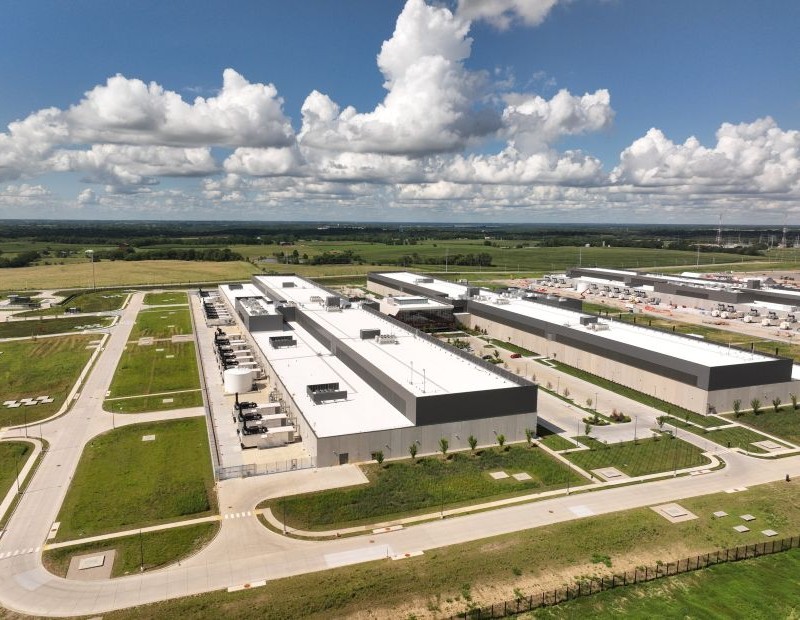
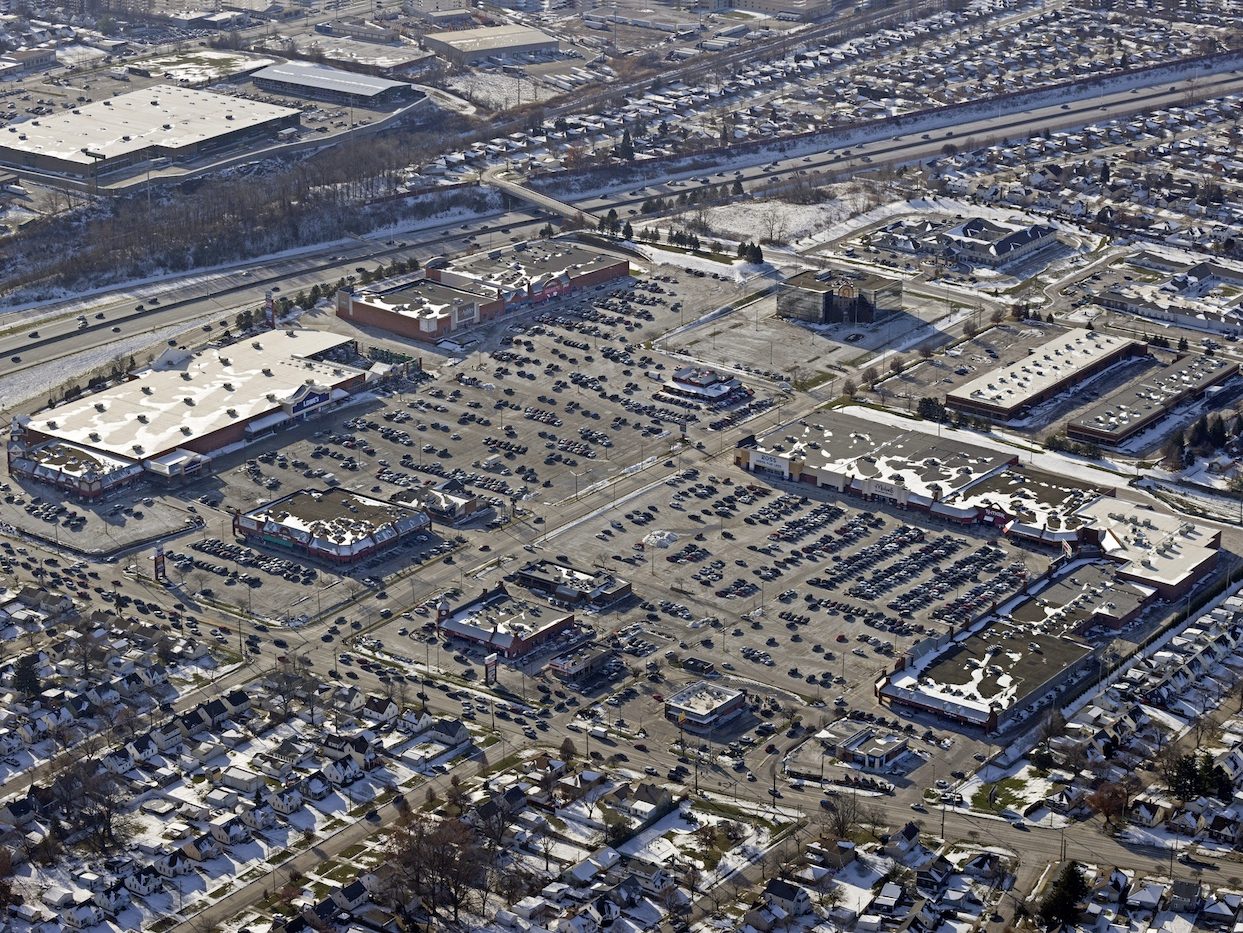


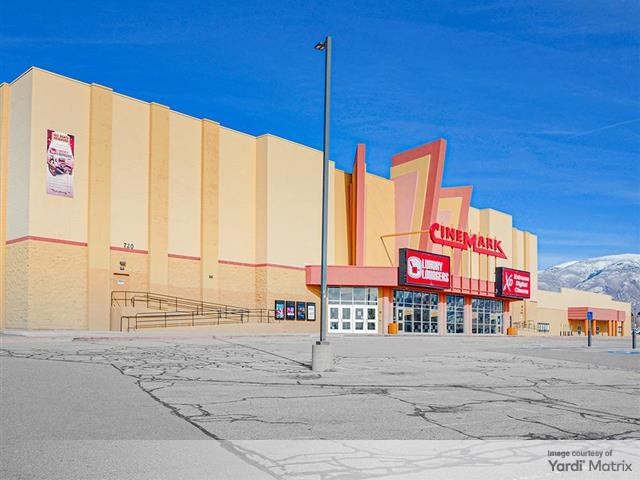
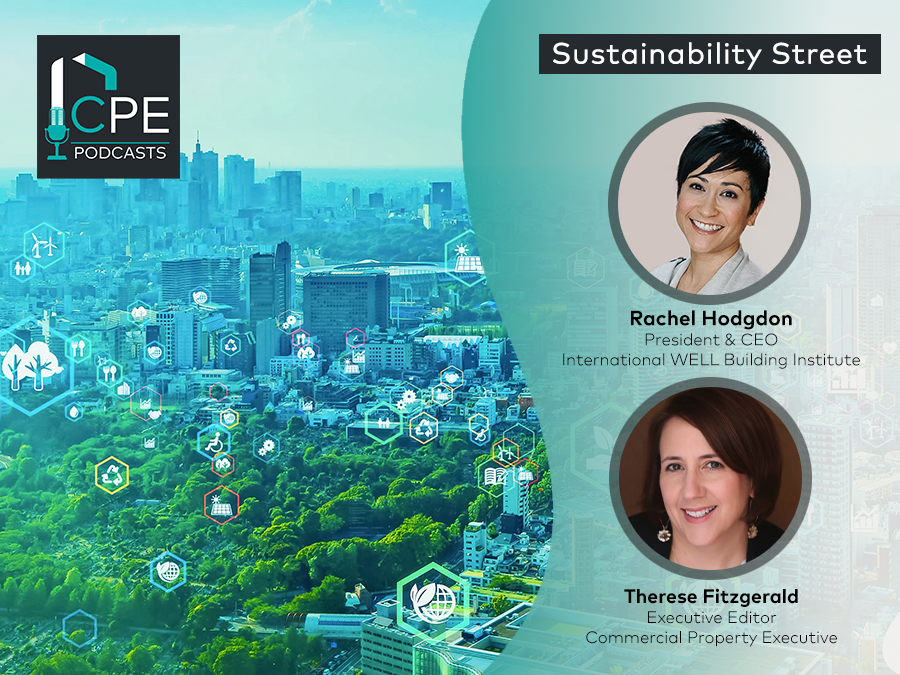

You must be logged in to post a comment.